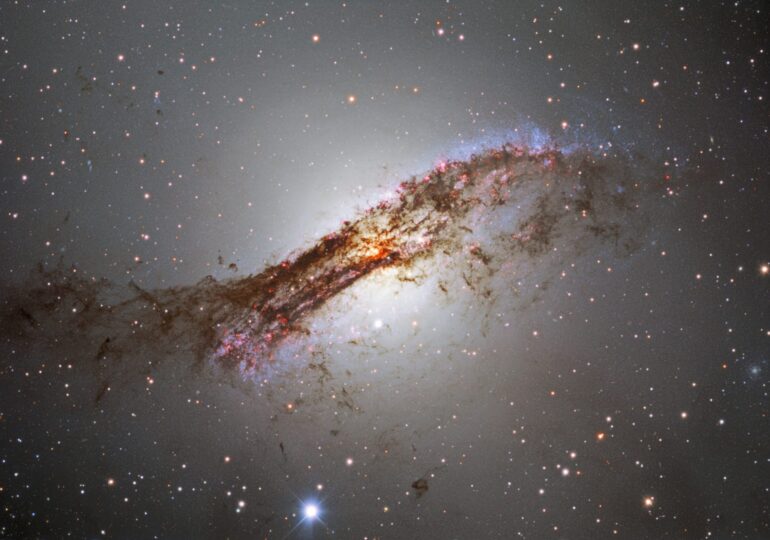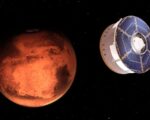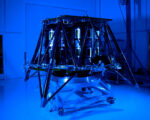Chang’e 5 Probe Discovers Evidence of Moon’s Volcanic Activity Happening Sooner Than Expected
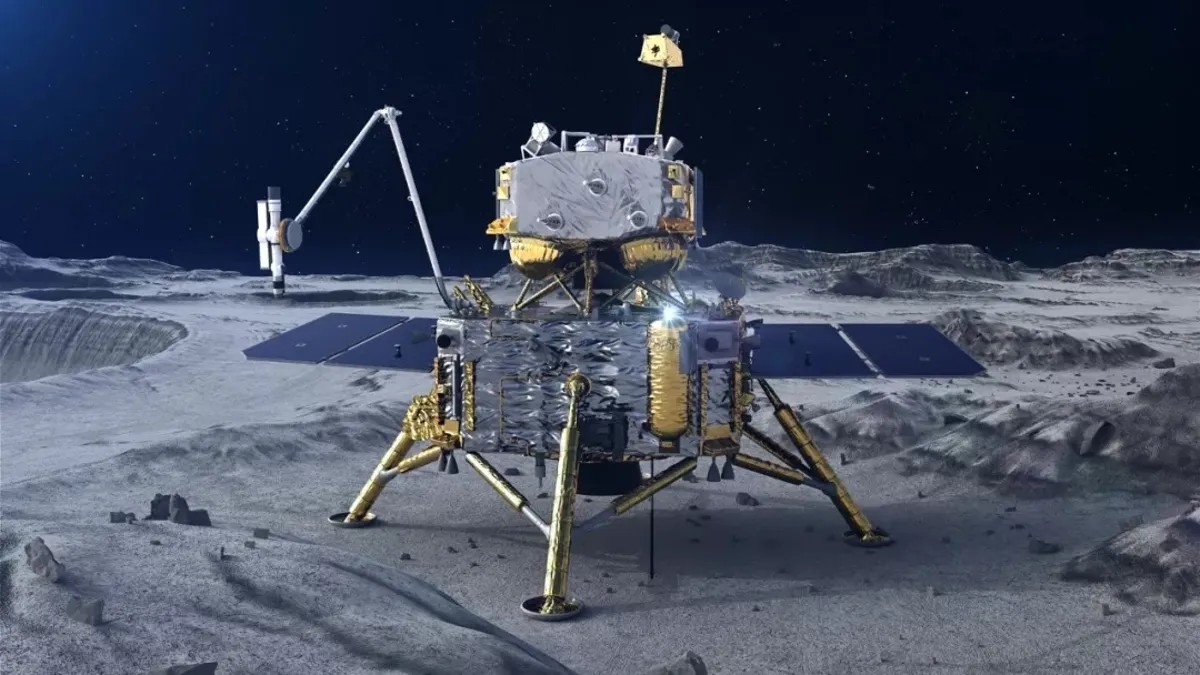
Chang’e 5 Discovers Volcanic Glass Beads on the Moon, Questioning Long-Held Beliefs About Ancient Volcanic Activity
China’s Chang’e 5 mission has significantly advanced our understanding of the Moon’s volcanic history, revealing that volcanic activity may have occurred much later than scientists had previously believed. Samples of lunar soil, which were brought back to Earth in 2020, contain tiny glass beads that formed during volcanic eruptions approximately 120 million years ago. This groundbreaking discovery challenges the long-standing notion that volcanic activity on the Moon ceased around 3 to 3.8 billion years ago, opening new avenues for research into the Moon’s geological evolution.
The evidence supporting this new timeline comes from the analysis of glass beads found in the lunar soil collected near Mons Rümker in Oceanus Procellarum. A study led by researchers Bi-Wen Wang and Qian Zhang from the Chinese Academy of Sciences identified these beads as products of volcanic eruptions that occurred roughly 123 million years ago, with an error margin of about 15 million years. Despite their diminutive size, these beads provide tangible evidence that lunar volcanism persisted much later than previously assumed, suggesting that the Moon’s geological activity is more dynamic than once thought.
Moreover, the findings from Chang’e 5 bolster previous observations made by NASA’s Lunar Reconnaissance Orbiter (LRO), which, in 2014, captured images of irregular mare patches (IMPs) on the Moon’s surface. These small volcanic mounds appear to be less than 100 million years old, reinforcing the idea that volcanic activity might still be occurring on the Moon. This alignment between the Chang’e 5 results and LRO observations adds weight to the argument that the Moon has a more complex and active volcanic history than has been documented.
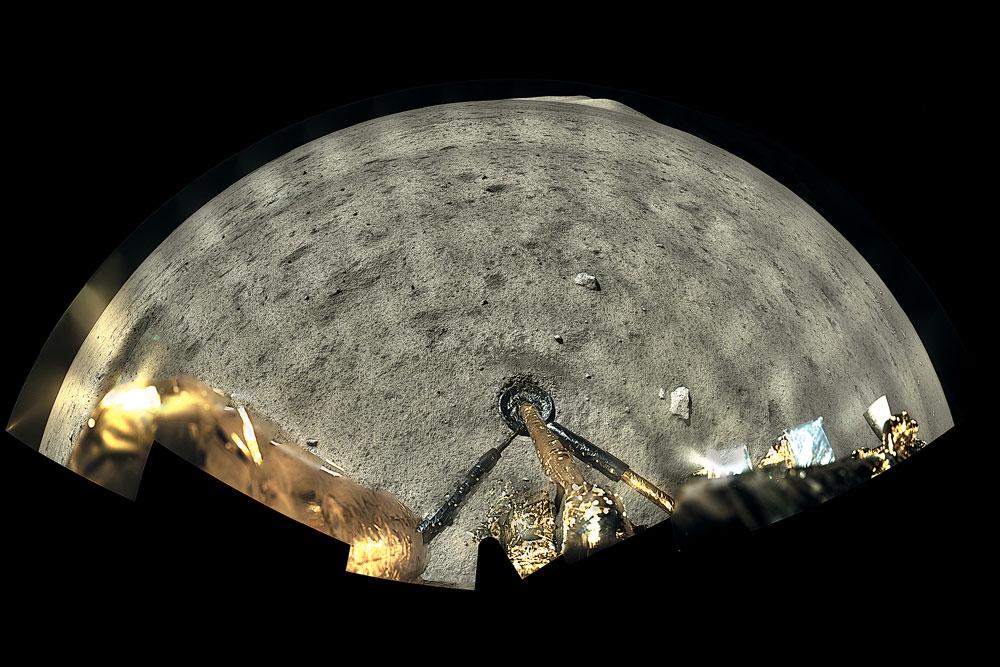
The implications of these discoveries extend beyond the Moon itself. Understanding the timeline of volcanic activity on the Moon can provide critical insights into the evolution of terrestrial planets, including Earth. By examining how volcanic processes have shaped the Moon’s surface over such an extended period, scientists can draw parallels to similar processes on Earth and other celestial bodies. This can enhance our knowledge of planetary geology and the conditions that might support or inhibit volcanic activity.
Additionally, these revelations could spark renewed interest in future lunar exploration missions. With the possibility of finding more evidence of recent geological activity, space agencies may be more inclined to revisit the Moon for further study. This could include detailed analysis of the Moon’s surface and potential resources that could be harnessed for long-term human exploration and habitation.
As the scientific community processes these findings, it is clear that the Chang’e 5 mission has made a lasting impact on lunar science. By reshaping our understanding of the Moon’s volcanic history, this mission not only highlights the importance of continued exploration but also underscores the dynamic nature of celestial bodies in our solar system. The journey to unravel the Moon’s mysteries is far from over, and with each new discovery, we move closer to a comprehensive understanding of our nearest neighbor.



